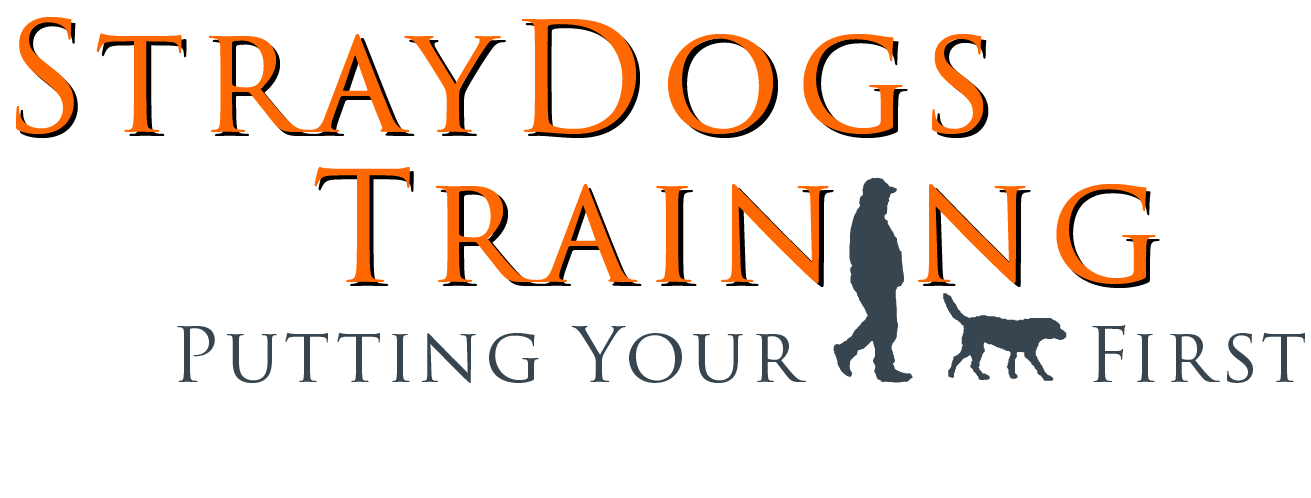Blog
Why do you need a license for a dog and not for a cat?Cats can’t drive!
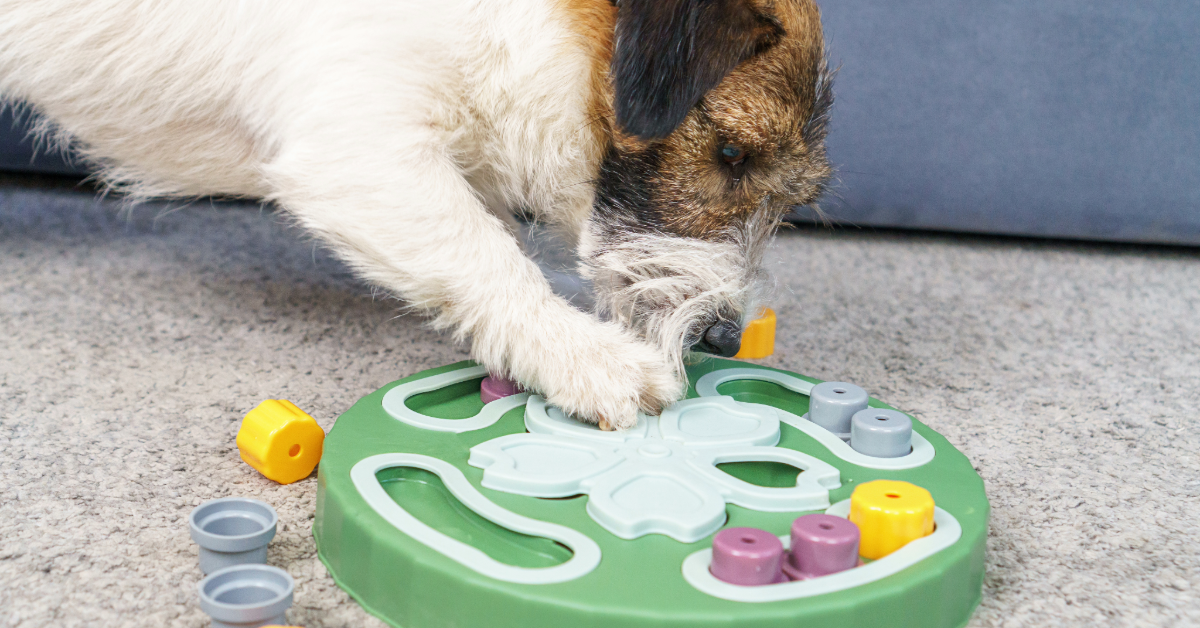
How Mental Stimulation for Dogs Fixes Behavior Issues
Mental stimulation is the missing key to solving destructive behavior and anxiety. Try these simple brain games today.
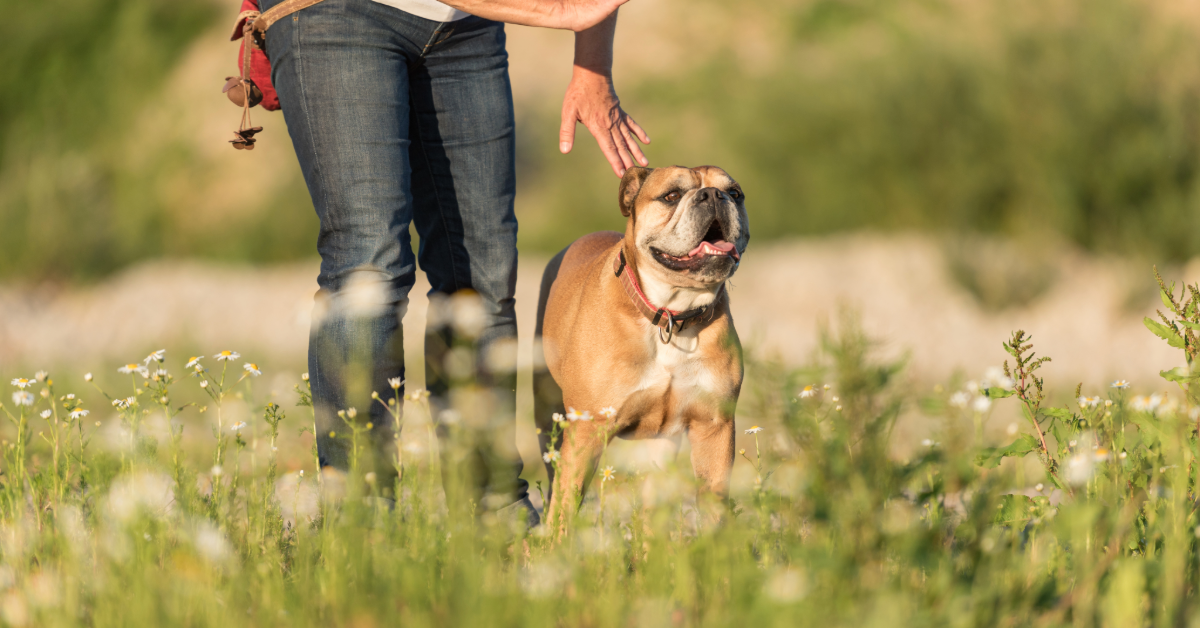
One Cue, One Response: How to Train Without Repeating Yourself
Tired of repeating yourself? Learn why one cue, one response is key to dog training success.
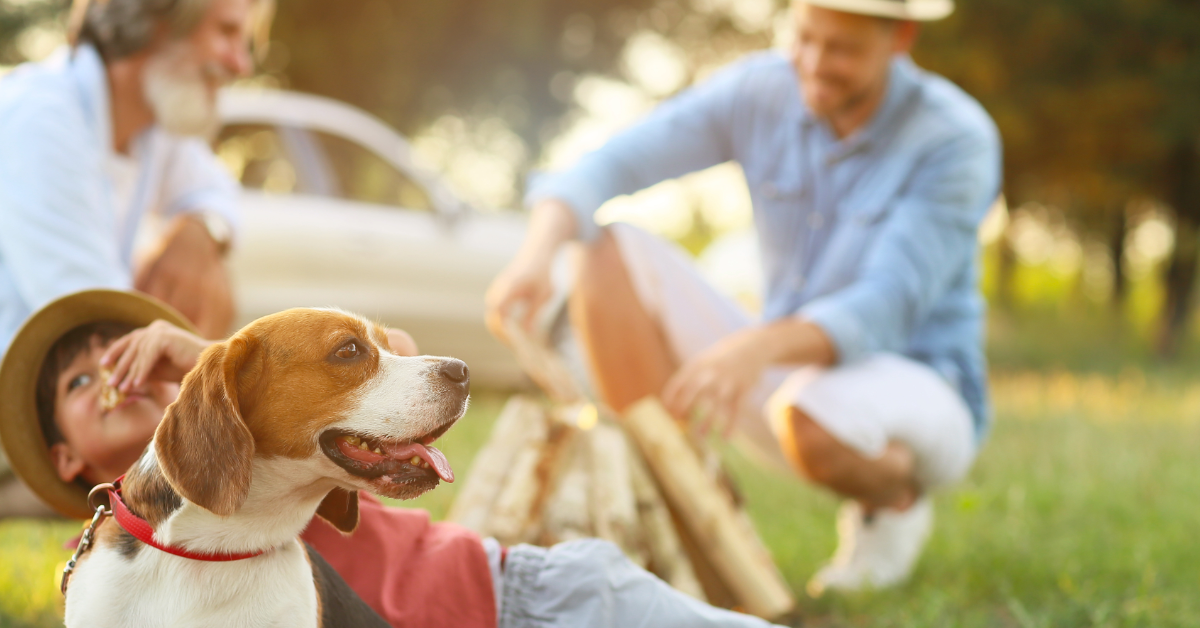
Why Consistent Rules Change Everything for Your Dog
Discover how consistent rules create calm, confident dogs—and why it matters more than commands or treats.
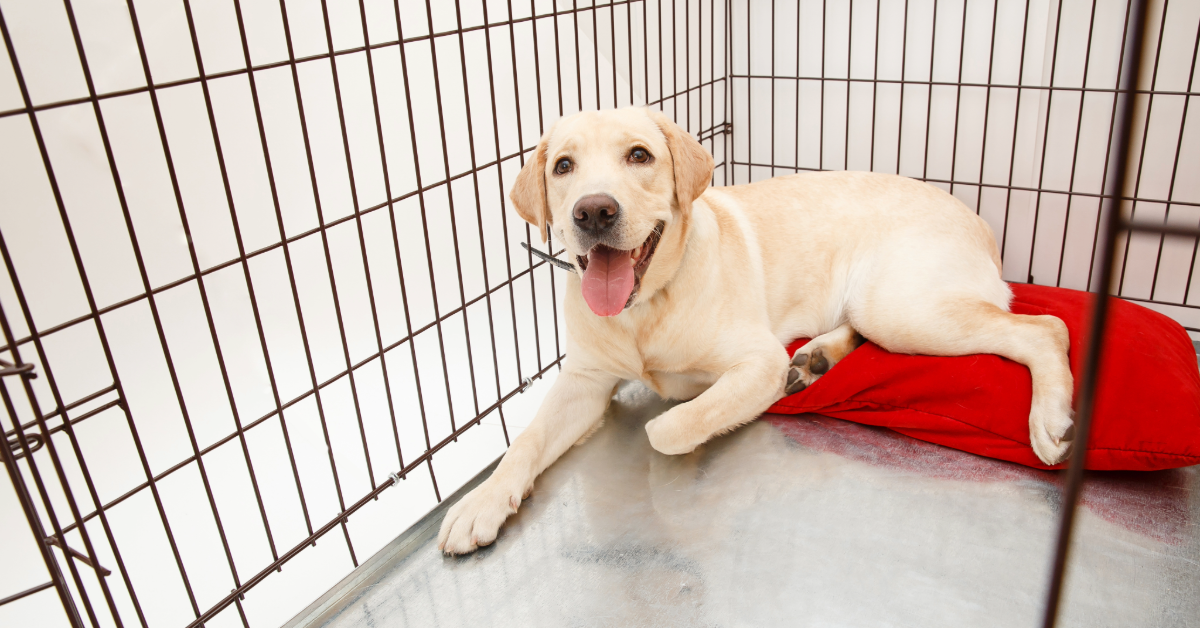
Crate Training Isn’t Just for Puppies: Why Every Dog Should Be Comfortable in a Crate
Crate training isn’t just for puppies. Discover why it matters for adult dogs too—especially for travel, evacuations, and vet care.
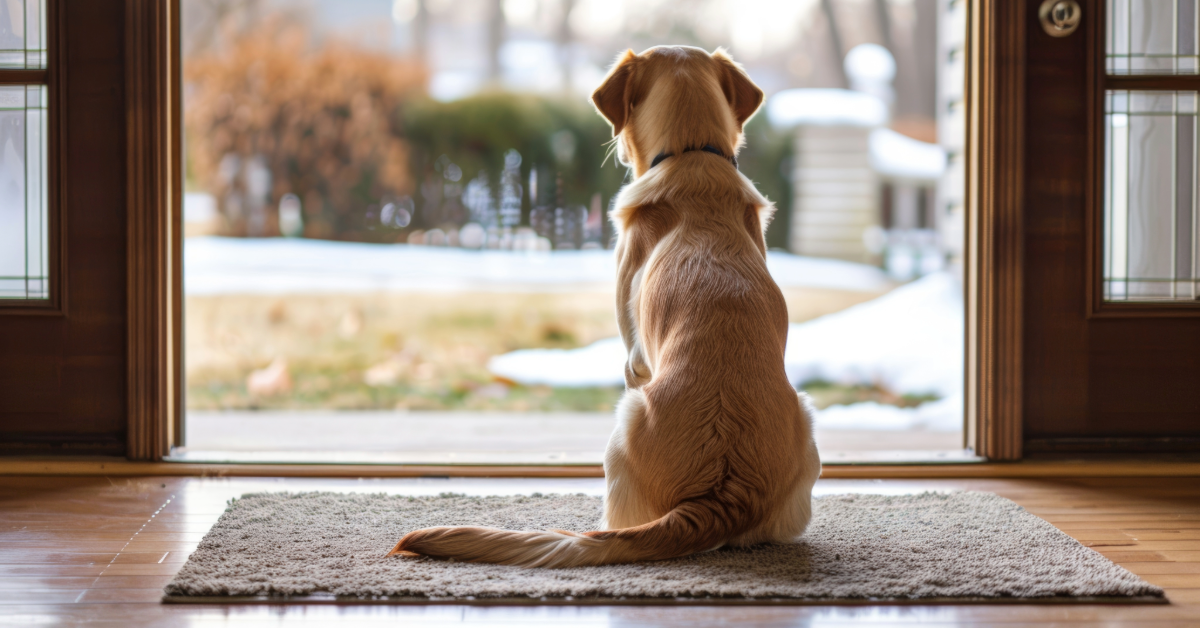
Boundary Training 101: Teaching Your Dog to Respect Doors, Gates, and Cars
Teach your dog to wait at doors, gates, and cars with simple boundary training techniques that keep everyone safe.
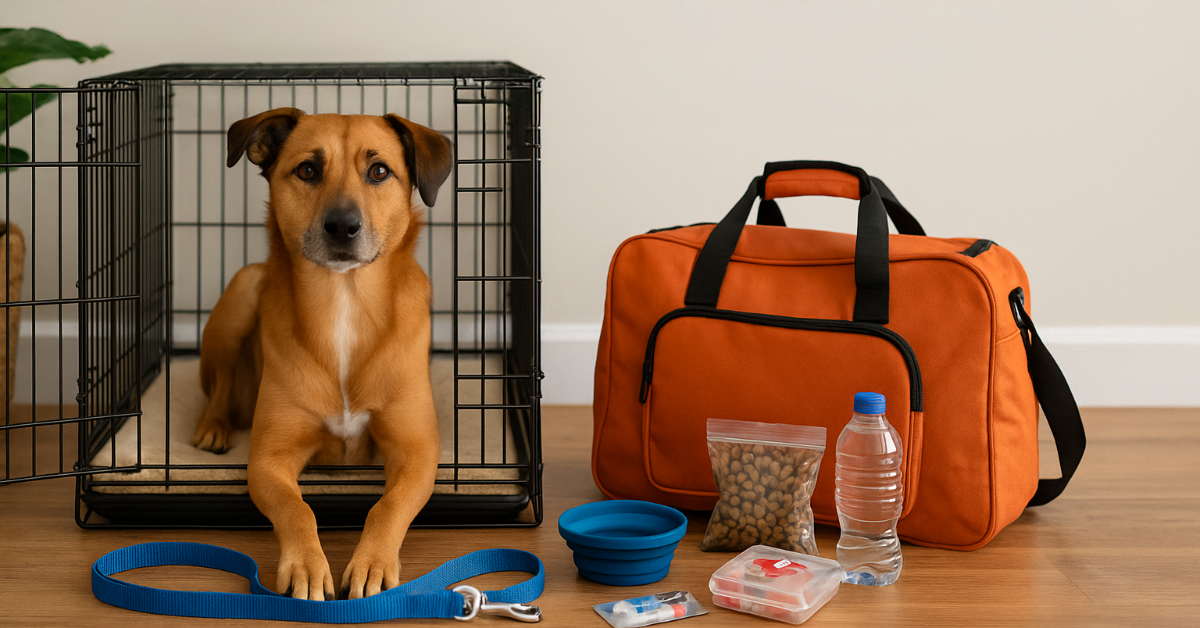
Disaster-Proof Your Dog: Skills That Matter When Things Go Wrong
Learn the essential skills to disaster-proof your dog—including crate comfort, vet handling, and a go-bag checklist.
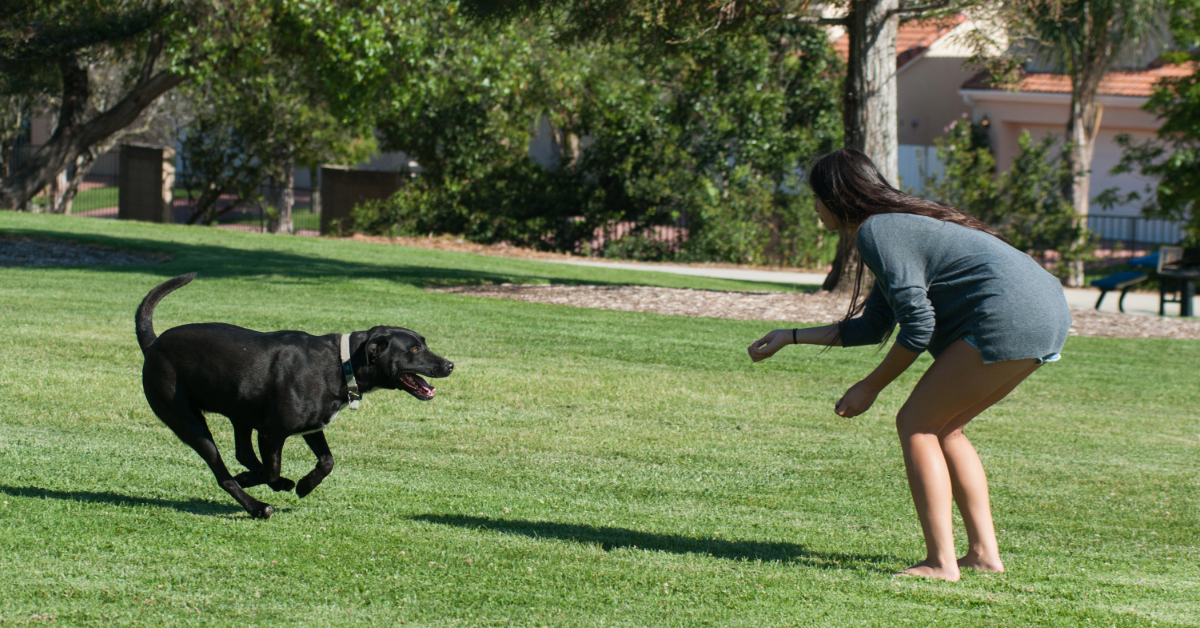
How to Train a Rock-Solid Recall: Your Dog’s Emergency Lifeline
Learn how to train a rock-solid recall—your dog’s emergency lifeline—through clear steps and real-life safety scenarios.

Preparing Your Dog for Vet Visits: Training for Stress-Resilient Appointments
Learn how to help your dog handle vet visits with more confidence using training techniques that reduce fear and build trust.
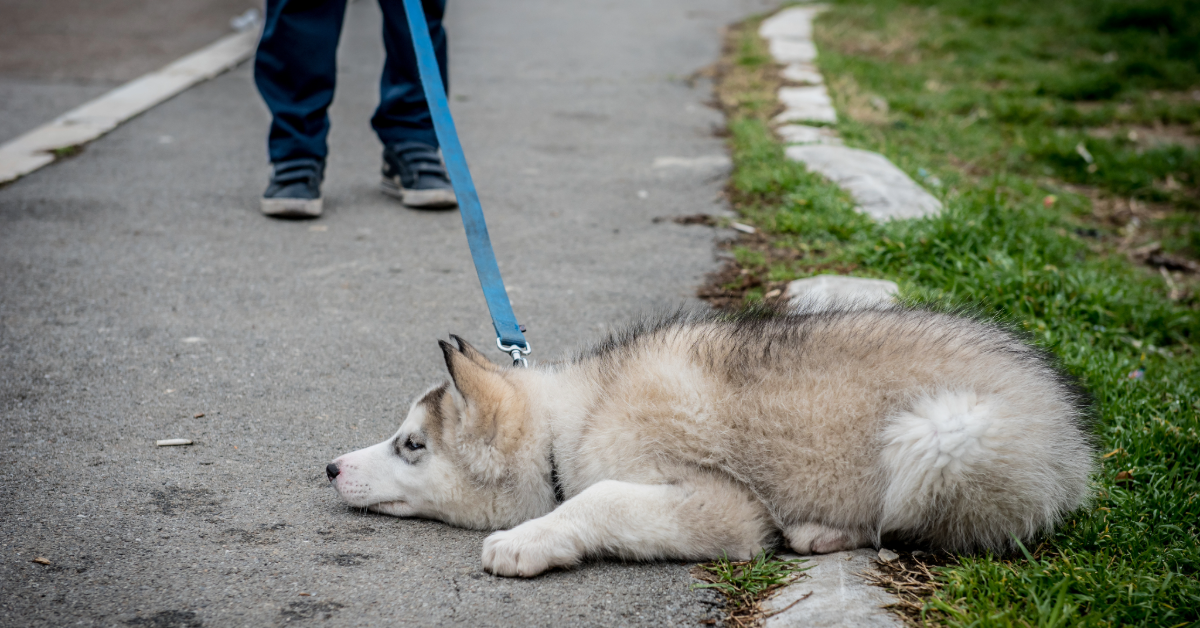
Are Dogs Really Stubborn? (Or Is It About Clarity and Understanding?)
Are dogs truly stubborn, or is it a clarity issue? Discover the real reasons behind dog behavior with StrayDogs Training.

Using Your Phone to Improve Your Training
Learn how using your phone can improve your dog training by helping you record, analyze, and adjust your sessions more effectively.
